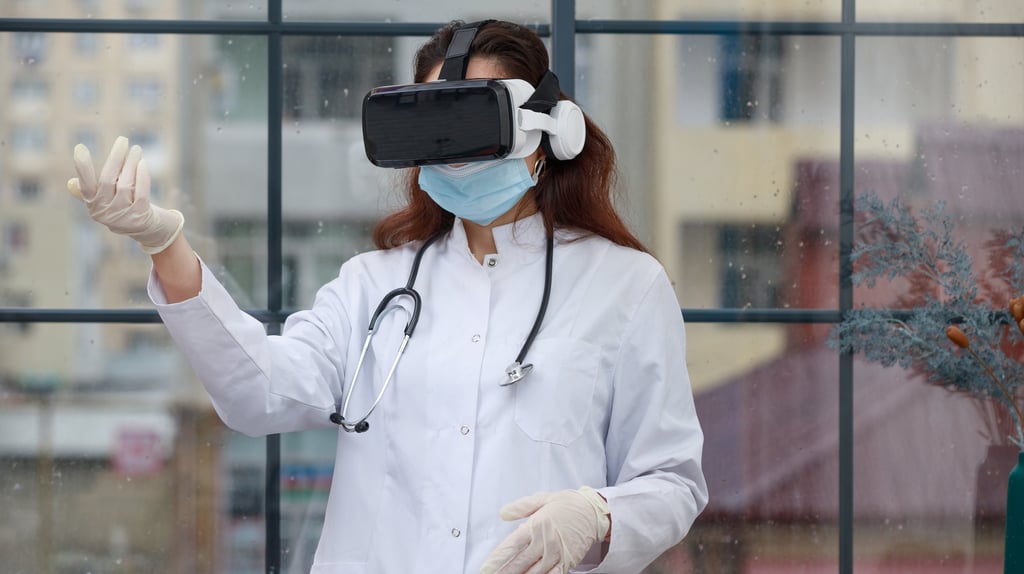Revolutionizing Home Healthcare: The Impact of AR/VR/MR/XR Technologies
The real-world applications of immersive technologies in Home Healthcare sector


The home healthcare sector is on the brink of a significant transformation, thanks to the advent of immersive technologies like Augmented Reality (AR), Virtual Reality (VR), Mixed Reality (MR), and Extended Reality (XR). These technologies are poised to redefine the way we deliver and experience healthcare at home, making it more accessible, efficient, and patient-friendly.
Immersive Technologies: A New Era of Home Healthcare
Imagine a world where you can consult with your doctor from the comfort of your home, not through a simple video call, but in a more immersive and interactive environment. AR/VR technologies make this possible by enabling virtual face-to-face interactions between patients and healthcare providers. This not only enhances the quality of care but also reduces the need for hospital visits, thereby minimizing healthcare costs.
AR/VR technologies also offer potential for remote patient monitoring. Using sensors and cameras, these technologies can track a patient's health metrics in real-time, providing healthcare providers with valuable insights into the patient's condition. This can lead to early detection of potential health issues, ensuring timely intervention and improved patient outcomes.
Empowering Patients through Education
AR/VR technologies can play a crucial role in patient education. Interactive apps and simulations can provide patients with a better understanding of their health conditions and treatment plans. This immersive approach to learning can lead to improved patient compliance and health outcomes.
Moreover, VR has shown promise in managing pain and anxiety in patients. By creating a virtual, calming environment, VR can help patients relax and cope with their health conditions more effectively.
Challenges and the Way Forward
Despite the immense potential, the adoption of AR/VR technologies in home healthcare is not without challenges. High development and implementation costs, data privacy concerns, and a lack of familiarity with these technologies among patients and providers are some of the hurdles that need to be addressed.
To overcome these challenges, it's crucial to start with small pilot programs to demonstrate the benefits of these technologies. Investing in data security measures, providing training for patients and staff, and choosing user-friendly solutions can also facilitate the adoption of AR/VR technologies in home healthcare.
Conclusion
The future of home healthcare is here, and it's immersive. AR/VR technologies are set to revolutionize the sector, offering improved access to care, enhanced patient experiences, and better health outcomes. By embracing these technologies, home healthcare providers can stay ahead of the curve, delivering high-quality, patient-centric care in an increasingly digital world.
